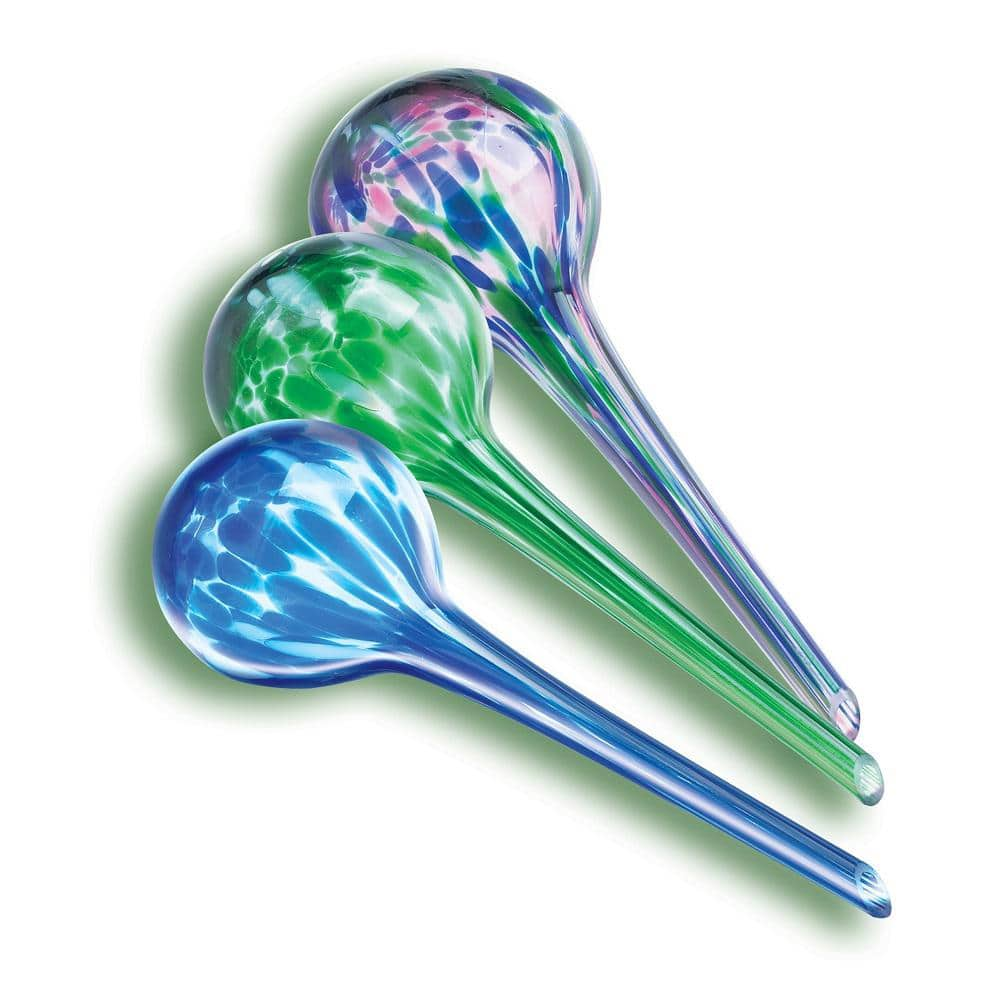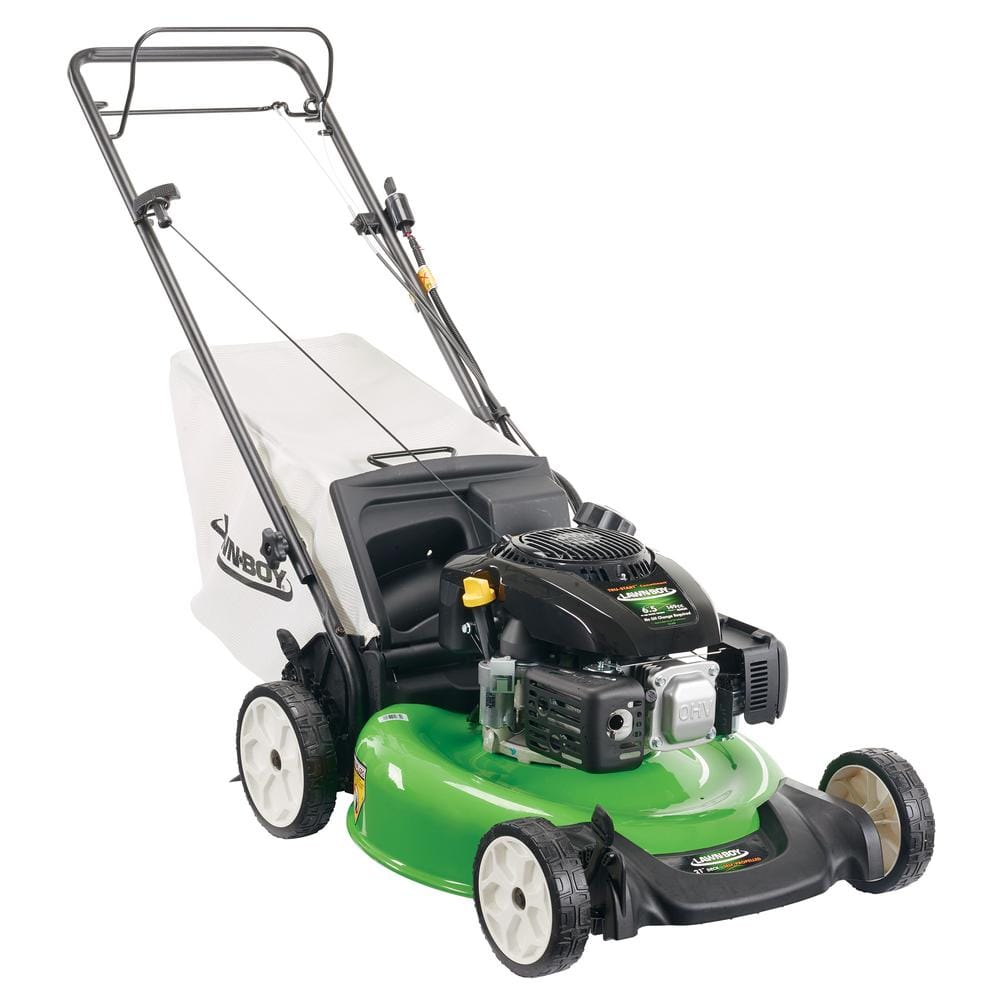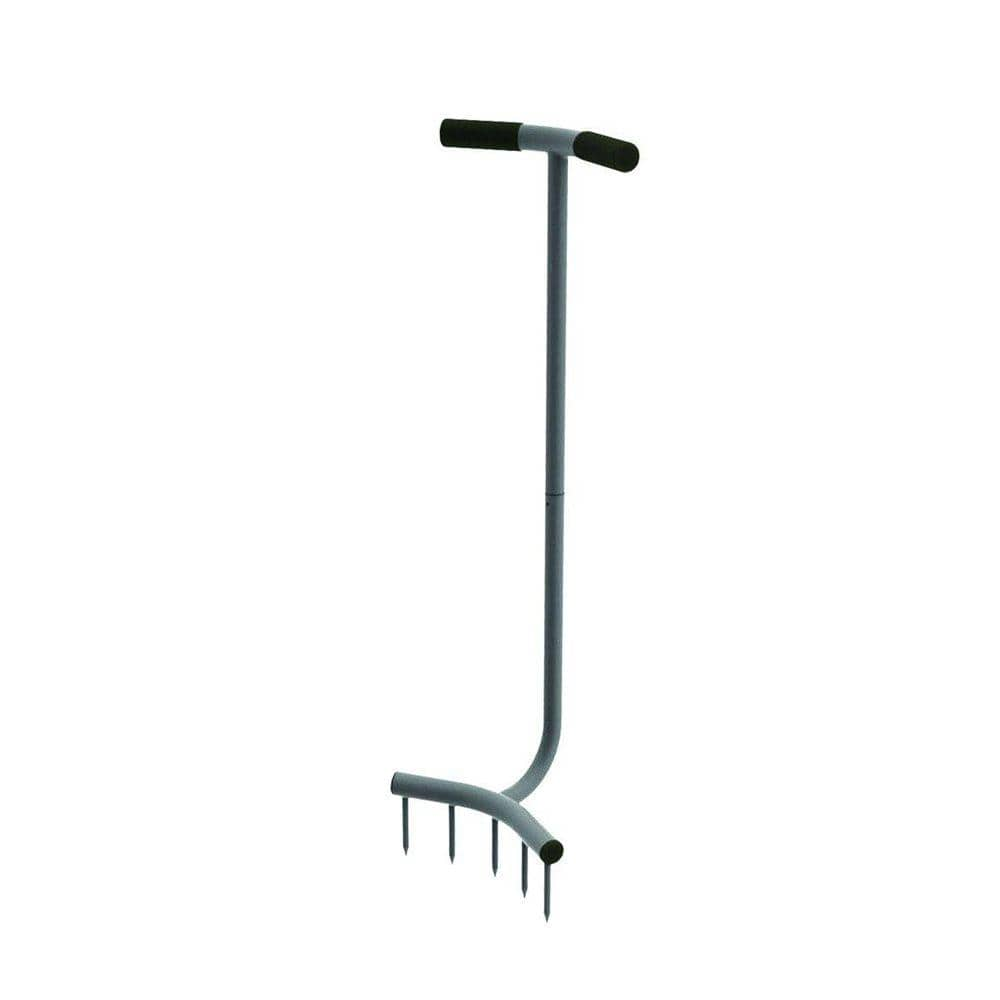6 Lawn Tasks to Complete Before Spring
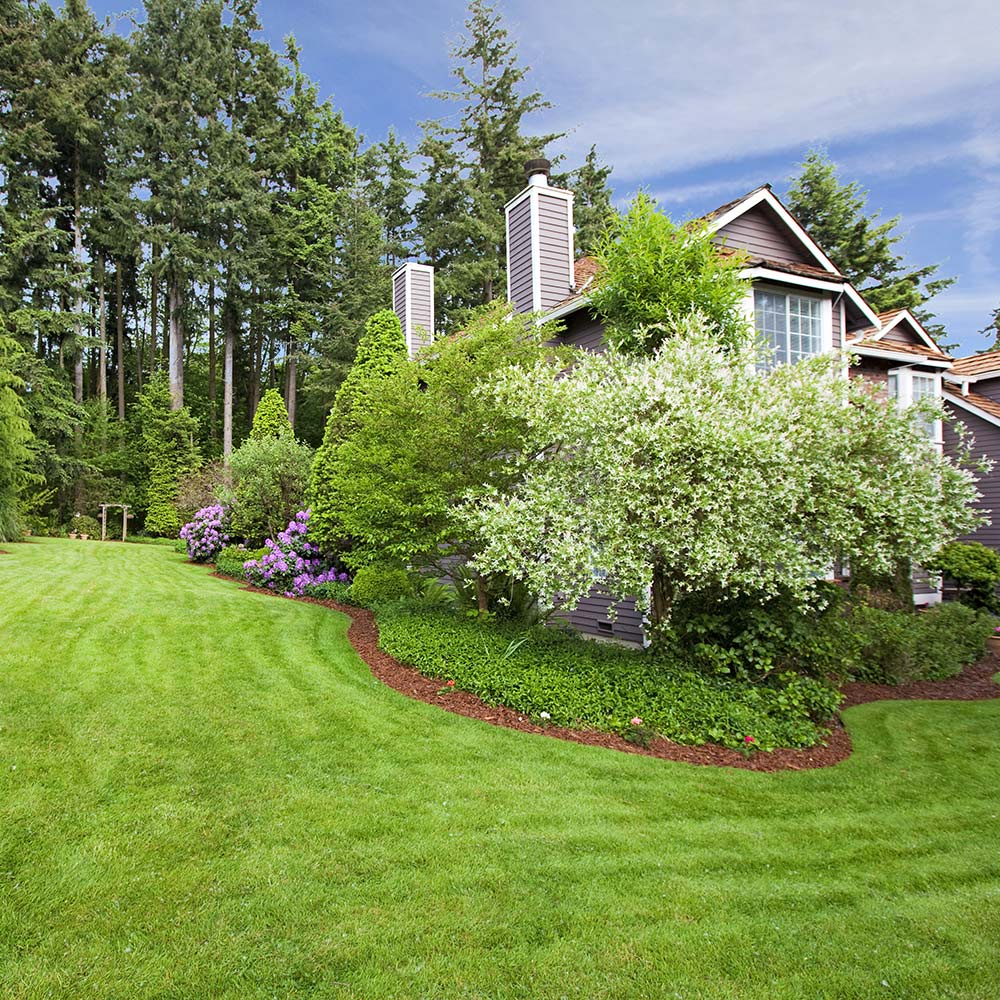
Last updated September 7, 2023
Once winter is over, be on the lookout for how this harsh season has left its mark on your lawn. Start by evaluating your grass. If you see problem areas such as brown or bare spots, your lawn needs more attention. Prepare for the growing season with a good spring cleanup. Read on for six ways to restore your lawn and get it off to a healthy start.
Table of Contents
Test pH
Aerate
Use a Pre-Emergent
Reseed
Apply Lime
Mow Properly
Test pH
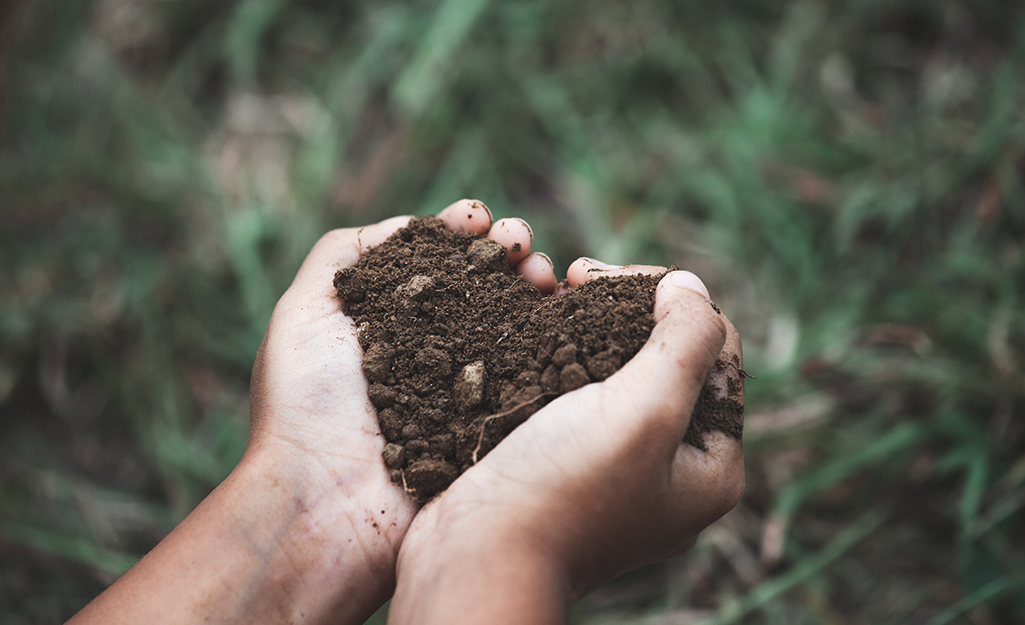
Your lawn’s soil is the foundation for the grass. Test your soil’s pH level to see whether it’s too acidic (sour) or alkaline (sweet). The pH level of your soil is extremely important. The pH level determines the availability of vital nutrients for your turfgrass—and any other plants you’re growing.
Finding out whether your soil’s pH level is balanced now will give you plenty of time to amend it if there’s a problem. You can easily test your soil’s pH at home using a soil pH testing kit. For a healthy lawn, you generally want a pH level between 6.5 and 7.0.
Aerate
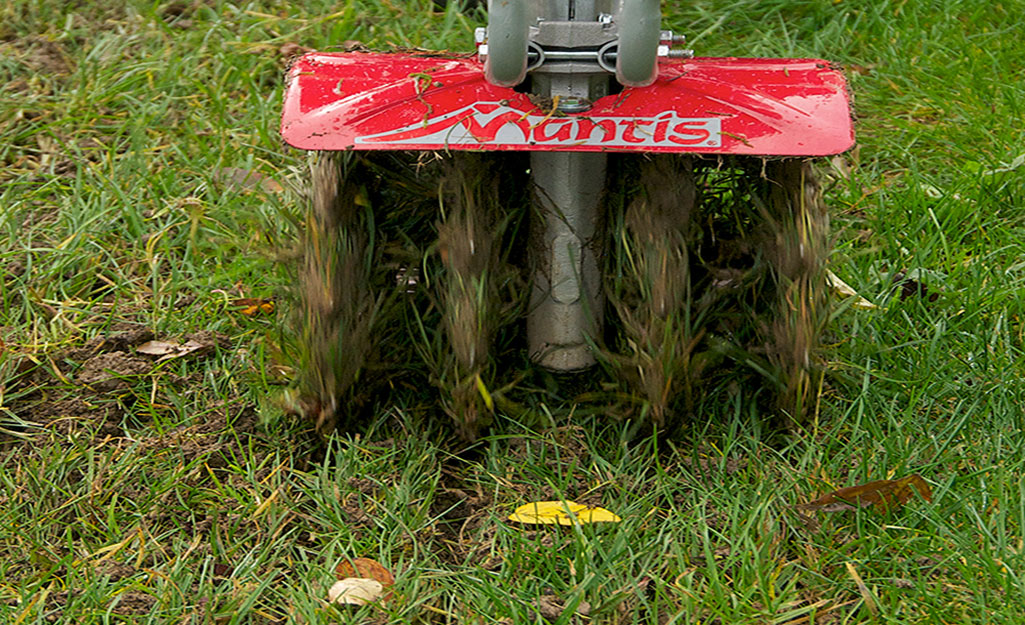
One often overlooked problem that affects many lawns is the natural compaction of soil over time. Soil may also become compacted by foot traffic or even mowing.
Compacted soil stresses your lawn, stunts its growth and makes it easier for weeds to take over.
Aerating is the process of punching holes in your lawn. This alleviates compaction and allows water and nutrients to reach the roots quickly and deeply. An aerating machine is the easiest way to complete this task on your own.
Use a Pre-Emergent
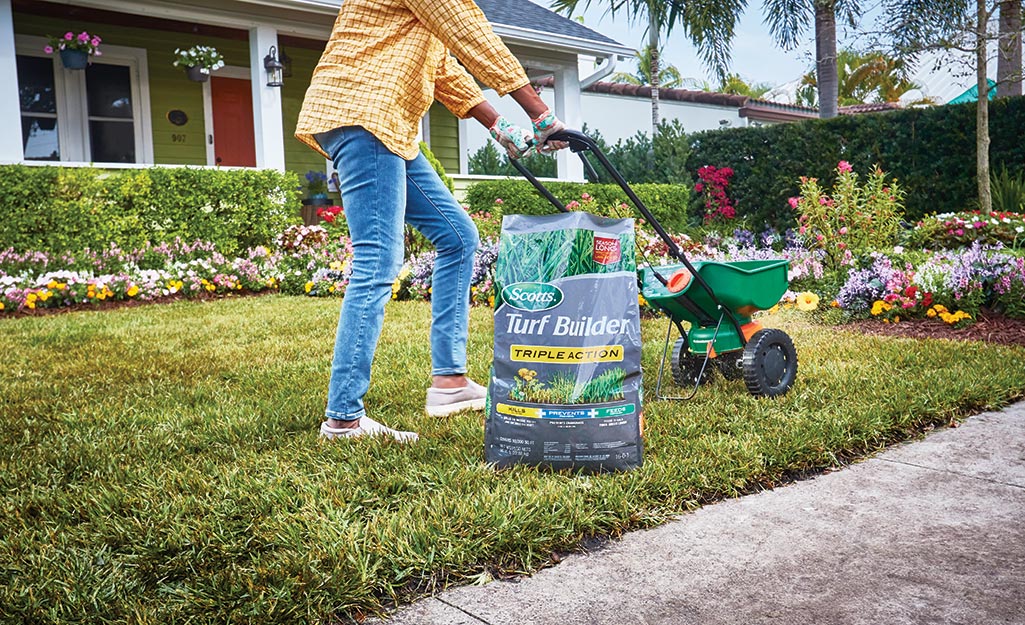
The best time to control early spring weeds is before they emerge. A layer of pre-emergent applied on the grass prevents many seeds from sprouting, including crabgrass. Do not apply a pre-emergent if you’re planning on seeding your lawn this spring. It will stop grass seed from growing for 2 to 6 months. Wait until next spring to apply a pre-emergent.
Reseed
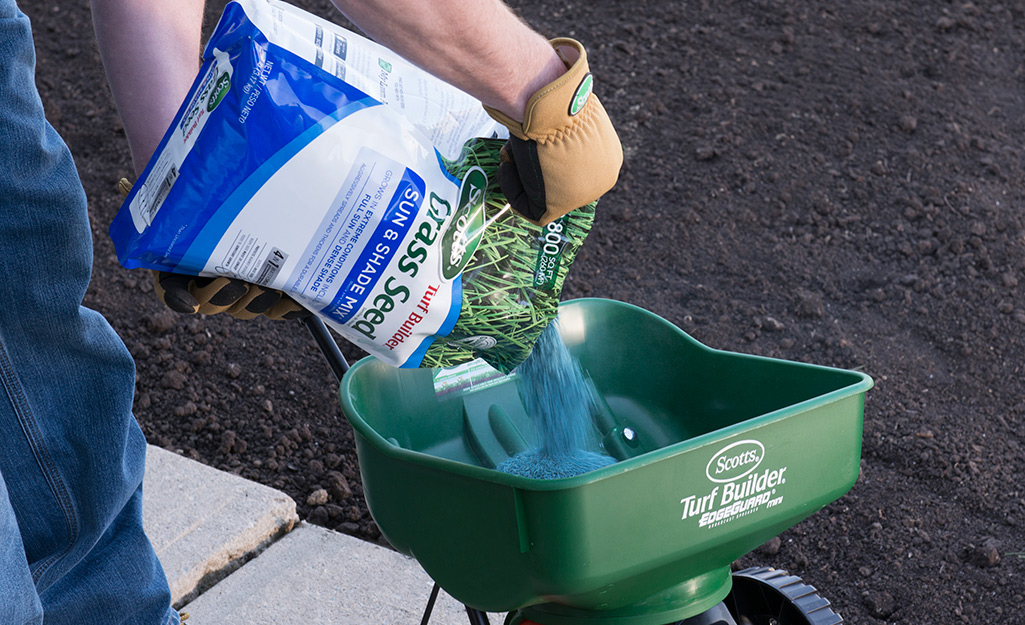
If you’ve got bare or brown patches in your yard, early spring is a great time to overseed your lawn to encourage new growth. Overseeding is the process of spreading seeds over the top of an existing lawn. The new grass that grows fills in those unsightly patches and improves the health of your grass. It also helps stifle weed growth and restores an even, green look to your lawn.
Apply grass seed according to the directions using a drop spreader. Water thoroughly after you seed, and continue watering daily to ensure proper growth and development.
Tip: For the best results, overseed your lawn after you aerate. With plugs removed from the soil, the seeds will achieve better coverage and have more access to essential nutrients.
Apply Lime
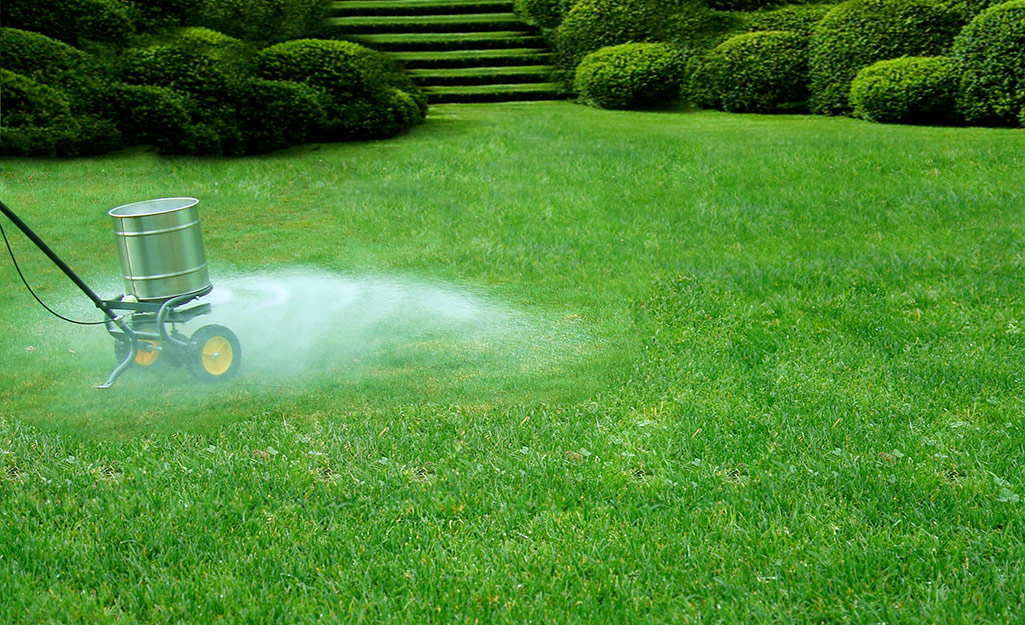
In regions with acidic soil, nitrogen and other nutrients may be absent. To lower the pH of the soil, add lime. Amendments work best when applied over a freshly aerated lawn where the granules can settle into the small holes made by the aeration machine. Apply lime using a drop spreader to a very dry lawn, so it doesn’t burn the grass.
Mow Properly
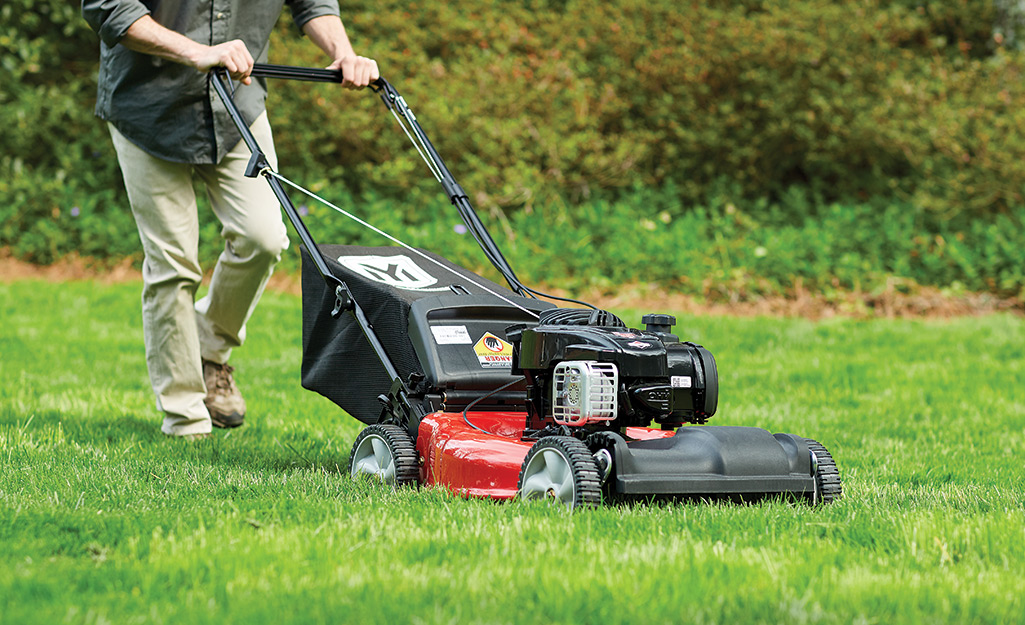
Every healthy lawn needs regular mowing to keep it healthy and prevent it from going to seed. Once your lawn reaches 3 inches in height, it’s time to mow. Grass grows best at 2 1/2 inches and higher, so set your mower blade to that height for the first few cuts in spring. Never cut your grass shorter than 2 1/2 inches (or remove more than 1/3 the height). This might risk shocking your grass into decline.
Results are even better if you allow the grass clippings to remain on the lawn. Grass clippings contain nitrogen, phosphorous and potassium. Leaving them on your lawn reduces the amount of other fertilizer your grass needs.
Despite the common belief that leaving clippings on the lawn promotes thatch buildup, this isn’t true. Clippings break down quickly and won’t contribute to thatch. Over time, the consistency of your yard will improve as nutrients from the grass shavings are distributed evenly across the whole surface. However, mulching your grass with its clippings must be done properly in order to get the benefits. Here’s how:
- Don’t leave thick piles of clippings on the lawn, or they’ll smother your grass. If you end up with clumps of grass, rake them to spread them out evenly.
- Mow weekly so that the grass clippings are short. If you need to cut more than one-third of the height of the grass, don’t mulch—catch the clippings, and compost them.
- Keep your mower blades sharp so they cut cleanly. Sharp blades will also cut old clippings into smaller and smaller pieces each time you mow.
- Use the mulching attachment, if your mower has one, to chop the clippings into very fine clippings.
Everybody loves the look of a lush, healthy lawn, especially in the spring. Once winter’s over, getting your lawn ready and looking its best is simple with a few easy-but-essential lawn care tasks. Don’t let weeds or other pests get between you and the lawn of your dreams. If you need some extra help, consider renting an aerator, overseeder or power rake with our tool rental. Use it once, then bring it back—no maintenance required.
